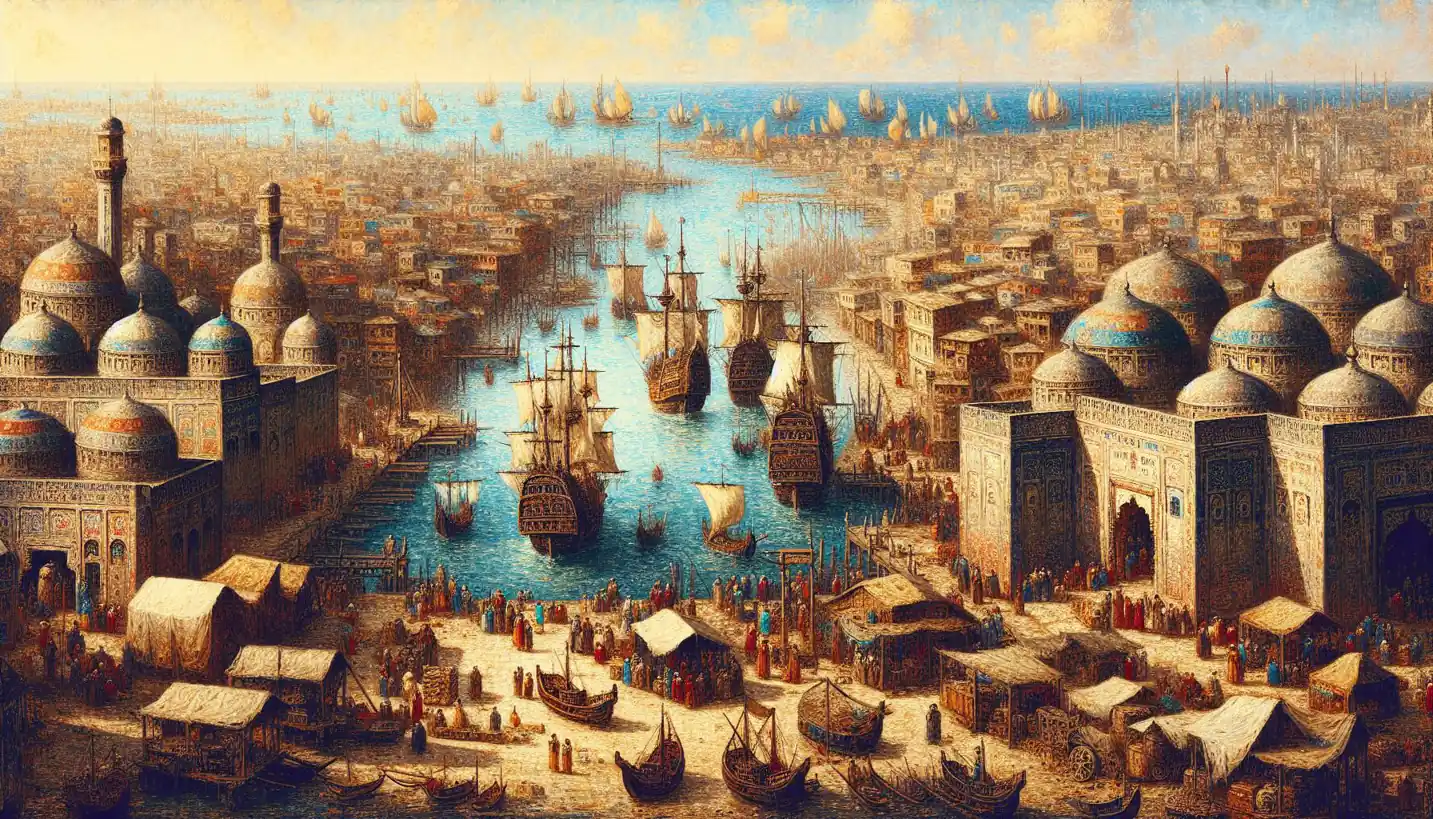· History · 4 min read
Remittances: An Essential Chapter in Migration History
Remittances play a crucial role in global economies and family lives. Delve into how these financial ties are vital to the story of migration.

Over time, human migration has shaped societies in countless ways, and one significant aspect of this phenomenon is remittances. These are funds sent by migrants to their home countries, often supporting families and communities. A closer look at remittances reveals their profound impact on economies and cultures worldwide.
The Birth of Remittances
Think of remittances as lifelines connecting distant lands. When people move to another country in search of better opportunities, they often leave behind loved ones who rely on their support. This historical thread stretches back centuries, as people have always sought to share their newfound wealth with family back home.
In the 19th and early 20th centuries, waves of migrants left Europe and Asia, sending money home from places like the United States and Canada. These early remittances helped families survive economic downturns and enabled communities to thrive despite geographical separations.
The Global Economic Impact
Today, billions of dollars flow across borders as remittances each year, significantly influencing global economies. For many countries, remittances represent a substantial portion of their GDP. In fact, for nations like the Philippines, Mexico, and India, these funds are critical economic pillars.
The power of remittances lies in their ability to improve living standards. Families can afford better education, healthcare, and housing, fostering a cycle of positive change. By putting money directly into the hands of people, remittances can drive local economies far more effectively than traditional aid programs.
A Personal Connection
Let’s get personal. Imagine a young man from a small village moving to a bustling city abroad. He finds work and begins sending money home to his family. His parents use this money to build a new home, send his siblings to school, and invest in a small business. This personal story reflects millions, each unique yet connected by the common thread of migration and support.
Remittances go beyond economic transactions; they are emotional bonds, bridging the gap between those who migrate and those who stay behind. They symbolize hope, ambition, and responsibility.
Challenges and Opportunities
Despite their benefits, remittances present challenges. High transfer fees can reduce the amount of money reaching families. There’s also the risk of dependency, where economies overly rely on these funds, potentially stunting local job growth and innovation.
Technology offers fresh opportunities to transform remittances. With digital payment systems and mobile banking, sending money home is becoming cheaper and faster. These tools empower migrants, ensuring more money reaches their families, and they even stimulate financial inclusion in remote areas.
The Role of Women
An important yet often overlooked aspect of remittances is the role of women. Female migrants contribute a large share of global remittances, often supporting entire households single-handedly. This dynamic shifts traditional gender roles and empowers women, both in migrant communities and at home.
These women are agents of change, providing for their families while influencing societal structures. Their participation in remittance flows underlines the critical intersection between gender and migration, highlighting the empowerment potential within these financial exchanges.
The Future of Remittances
As we move forward, remittances will continue to shape migration history. Climate change, political instability, and economic opportunities will drive migration patterns, influencing how remittances evolve. Researchers and policymakers must consider these factors, ensuring systems support both migrant workers and their families.
Moreover, understanding the nuances of remittances can guide future regulations and innovations, maximizing their positive impact while addressing challenges like high fees and dependency.
Why Remittances Matter
Why do remittances matter so much? They are more than just financial transactions; they are stories of sacrifice, hope, and resilience. They represent one of the most personal connections between immigrants and their homeland. In a world that is more connected than ever, remittances remind us of the human stories behind the money, illustrating migration’s profound and lasting impact.
They reveal our shared humanity, linking distant lives through love and support. By appreciating these connections, we not only acknowledge the past but also envision a future where these vital contributions foster better lives for millions.
In conclusion, remittances are fundamental to the migration narrative. They highlight the intertwining of economics, culture, and personal stories, reminding us that even in physical separation, human bonds remain unbroken, fueling change and growth across the globe. Remittances are not just a financial tool but a testament to the enduring spirit of family and community.



